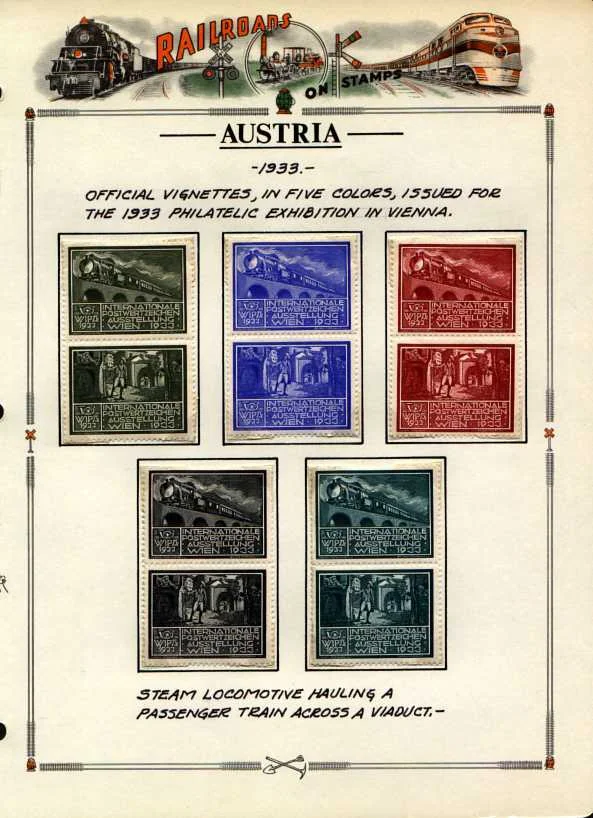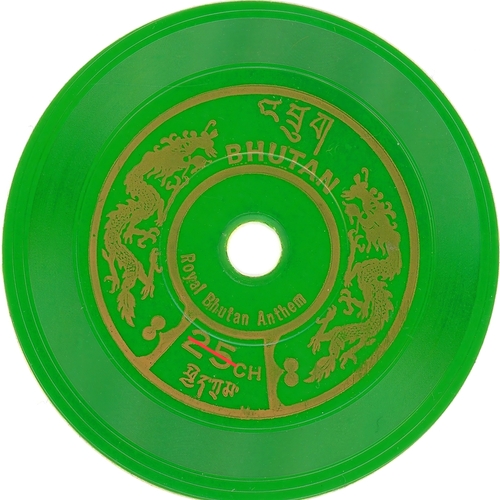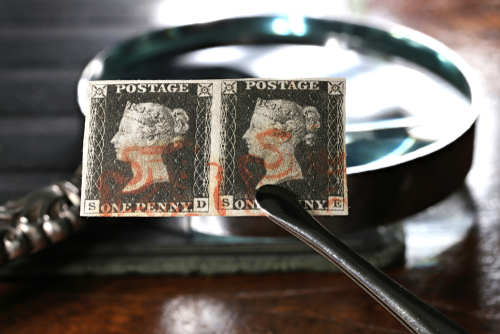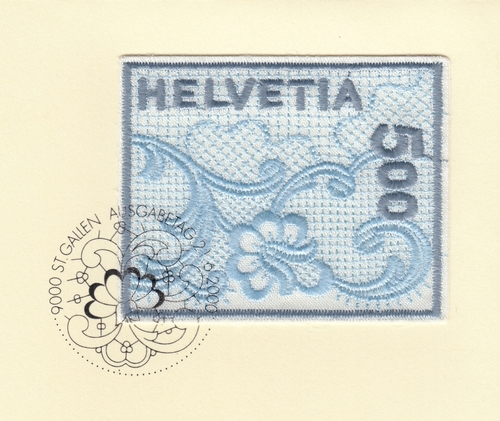At Remitly, we know our clients are global citizens who have an inherent curiosity about other countries and cultures, and the unique customs, events, and artefacts from different places around the world. Philately, or stamp collecting, is a great way to gain an appreciation and understanding of humanity’s great diversity, because postage stamps often reflect a nation’s people, places, and artistic heritage. They can be miniature masterpieces in their own right, and offer educational glimpses into the history and culture of the countries that issue them.
In this post, we’ll take you on a visual journey to showcase some of the world’s most artistic stamps. Plus, we’ll tell you the stories behind their creation. We’ll explore examples from different eras and countries, highlighting what makes each stamp unique.
What makes a stamp “artistic”?
You don’t always need a passport to travel; sometimes, you just need a stamp. A stamp’s artistic merit isn’t just about its looks. There are plenty of beautiful stamps produced by postal services around the world. But what makes a stamp truly breathtaking—and valuable? It’s subjective, of course, but we think there are a few key features to consider.
Design and composition
Any graphic designer will tell you that the design and composition of an image can contribute to its beauty and its success at capturing the attention of a viewer. Artists, sometimes very famous ones, have long been commissioned to develop postage stamps that go beyond functionality and create beauty in our everyday lives.
They maximize a small space by deciding how to place the images, text, and graphic elements on stamps. Plus, they can represent key cultural elements like national holidays, famous citizens, or historic anniversaries.
Printing technique
Stamps were initially produced using labor-intensive, analog printing techniques. Unlike hitting “file, print” on your computer and producing a stamp digitally, artists were employed to produce stamps by hand using processes like engraving or lithography.
Engraving involves making a wooden or metal plate that can hold ink and applying it to paper. Early engraved stamps usually used copper or steel plates for better fine details.
Lithography, meanwhile, works on the principle that water and oil repel each other. An oil-based substance is applied to a metal plate. Water sticks to the non-image areas and ink sticks to the image areas, and the plate is then pressed onto paper to produce the image.
Innovation
Stamps often reflect innovation in papermaking or printing techniques. For example, if a stamp is produced on or includes a unique material, like fabric, wood, or foil, it will likely stand out.
There are also other special features that can add to a stamp’s beauty. For example, lenticular printing can create the effect of depth on a two-dimensional stamp—we’ll come to an example of that a bit later.
Cultural significance
The purpose of art is hotly debated, but one thing that’s certainly true is that art often tells a story. It can represent national identity, or be an artist’s response to current events or important cultural moments. Stamps can do the same, reflecting cultural, geographical, or historical points in time.
Masterpieces of miniature art: our top picks
Pretty much every country in the world issues stamps, and some of them are beautiful, so there are plenty that could be considered masterpieces. Here, we’re highlighting five of our top picks. We’ll show you what we think makes each stamp special and give you the backstory of the artist or event it commemorates.
The “WIPA” stamp: Austria, 1933

“WIPA” stands for Wiener Internationale Postwertzeichen-Ausstellung. For non-German speakers, that’s the Vienna International Philatelic Exhibition. At the 1933 edition of this stamp-collecting event in Vienna, Austria, stamps were created to commemorate the convention.
Some of these stamps were printed for private order, but the collection included functional postage stamps that could be used to actually mail a letter as well as collectible stamps. There are different variations of these: some were printed on “granite paper,” which has a mottled, speckled pattern. These are among the most valuable of the WIPA stamps.
The stamps were designed by Ludwig Hesshaimer, an Austrian artist born in 1872 who specialized in drawings. They were engraved by A. Schuricht, who specialized in cutting designs into metal plates and had a successful career engraving designs for postage stamps.
They’re not just beautiful stamps, they’re quite important too because stamp collectors say that Vienna was “the center of the philatelic world” at the time.
The first 3D lenticular stamp: Bhutan, 1973

You’ve probably seen the magic of lenticular printing, which uses a plastic sheet with rows of tiny convex lenses to create an effect of depth or movement. In 1973, Bhutan used this printing technique to create the world’s first 3D-effect stamps.
The entrepreneur Burt Todd learned about Bhutan while studying at Oxford and might have been the first American ever to visit the country, back in the 1950s. He collaborated with the Bhutanese government and royal family to develop a postage stamp program that would appeal to international collectors. Revenue from selling these stamps to philatelists around the world would be used to improve infrastructure in Bhutan, including what was at the time still a relatively new postal service.
These lenticular stamps pushed the boundaries of what a stamp could look like. They featured appealing subjects like mushrooms and a man on the moon. Bhutan has also produced other technologically advanced stamps, like scented stamps, and stamps printed on unique materials like silk and metal.
The Penny Black: United Kingdom, 1840

If you were alive in London on May 1, 1840, you’d have the opportunity to purchase something the world had never seen before: an adhesive postage stamp. The Penny Black features the profile of a young Queen Victoria, an elegant design that set the standard for what stamps would look like for decades. This stamp established, for the first time ever, a low-cost, uniform, pre-paid postal model.
Before the Penny Black, sending a letter in the mail was pretty complicated. Postage was paid by the recipient, not the sender. The cost was based on the number of pages included in the letter and the distance it had to travel. Under this system, sending mail was too expensive to be considered an everyday expense for most Brits. Often, recipients refused delivery of letters to avoid having to pay.
The Penny Black made sending mail accessible and simple. It made variable costs a thing of the past and ensured that postage services were paid for up front, making mail more deliverable and reliable.
COVID-19 heroes stamp: San Marino, 2020
Although stamp collecting might sound like a hobby similar to hunting for antiques or coin collecting, it’s not all about decades-old examples. As responses to modern social or cultural events, even modern stamps might become collectible. On November 10, 2020, just a few months into the COVID-19 pandemic, San Marino issued a stamp responding to what was happening around the world.
It was designed by Davide Pagliardini and shows Mount Titano and the three Towers as a character wearing a medical mask. It honors the San Marino institutions that responded to the pandemic, especially the Institute for Social Security, which receives money from the stamp’s sales.
It’s not high art or revolutionary printing techniques, but this is a great example of how stamps can reflect current events and have a strong emotional and artistic impact. Stamps mark important moments in history and culture—even if they’re happening today.
St. Gallen embroidery stamp: Switzerland, 2000

Most stamps are printed with ink, but Switzerland issued the world’s first embroidered stamp in 2000, entirely done with actual embroidery thread. With a white background, light-blue text and a floral pattern, it’s a work of art you can touch as well as see.
The stamp was designed by textile designer Peter Hostettler and issued by Swiss Post to honor St. Gallen’s embroidery industry, which was very important economically for Switzerland. In fact, at the turn of the 20th century, embroidery from the region represented over half of the entire world’s production, so it’s understandable that the Swiss would celebrate it a century later.
This stamp represents a unique fusion of traditional craftsmanship and philately. Plus, it’s a beautiful piece of tiny art.
How to start collecting stamps
Have we sparked an interest in stamps after you’ve learned about our five favorite examples of philately? Here are some tips for starting your own stamp collection.
Where to look
If you’re looking to buy interesting, collectible, or rare stamps, start by researching online. There are plenty of online marketplaces where you can buy stamps from reputable sellers.
See if you can attend any local stamp shows or conventions, like the one in Vienna in 1933 that we mentioned earlier—there are still plenty around today. Finally, you might want to join some local stamp collector clubs and connect with other people who share your passion.
What to look for
Starting your stamp collection from the ground up? It doesn’t have to be expensive: you might just want to buy the stamps you find beautiful or interesting, not just the really rare or valuable ones. Or you could consider focusing on themes that have personal interest or importance for you. A personalized collection that represents subjects, countries, or artists that you’re drawn to would be a great starting point.
Preservation
To keep your stamp collection in tip-top shape, store it in a dark, cool, and dry place. Remember that too much heat, exposure to light, and moisture can damage or even destroy stamps.
Keep them in albums so they stay flat and protected—the collection displays much better that way, too. Finally, consider handling your stamps with tongs to avoid accidentally creasing them or transferring oils from your skin onto the paper.
The tiny world of stamps
Stamps are more than just the little stickers that send letters from A to B. They’re miniature canvases that offer a window into a country’s art, history, and culture. They’re easy to ignore, but next time you receive a letter in the mail, take a moment to consider the stamp that got it to you.
What does its design represent? What message is the stamp itself trying to send? And if you’re collecting, some of the most artistic stamps are accessible to everyone, not just seasoned experts. So get stamp-hunting and good luck!
FAQs
Is there a global standard cost for stamps?
No. The cost of a stamp varies widely based on the country of origin and the purpose of the stamp. Currently, the cost of a first class postage stamp from the US Postal Service is $0.78.
What do people mean when they refer to a stamp’s value?
A stamp’s “value” could refer to two different things. It may be the commercial value of a stamp: what it costs to buy from the local postal service. Or it might refer to what it’s worth as a collector’s item.
For example, that first-class, 78-cent USPS stamp is worth only what it costs to buy today. But ten years from now, if the stamp is a collector’s item because it has a printing mistake, for example, it could have a value much higher than that.
What is the most valuable stamp in the world?
The current record for most valuable stamp in the world is held by the British Guiana 1c magenta. This stamp sold for $9,480,000 USD and there’s only one known specimen in existence. The stamp was produced in 1856 in what’s now Guyana and had a very limited printing. It’s the only stamp issued in the United Kingdom, the British Commonwealth, or what was the British Empire, that’s not represented in the UK’s Royal Philatelic Collection.
Do stamps depreciate in value when they’ve been postmarked?
Generally, yes, a postmarked stamp is worth less than one in mint condition. However, there are some special cases where a postmarked example is worth more, such as if the postmarking is rare or historically significant.